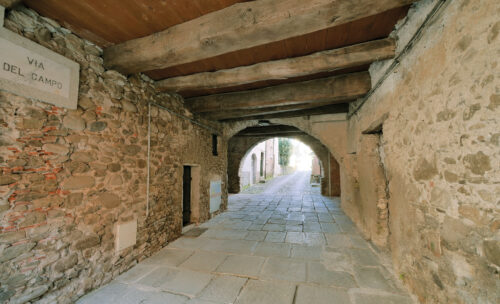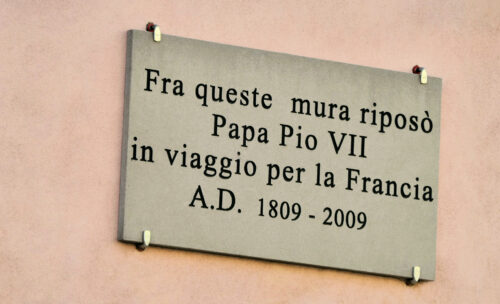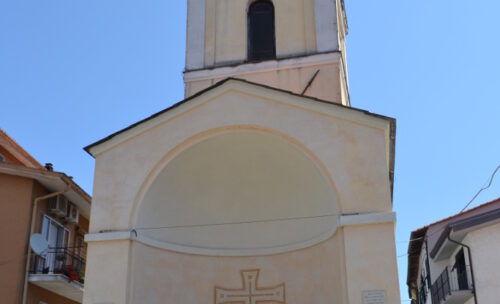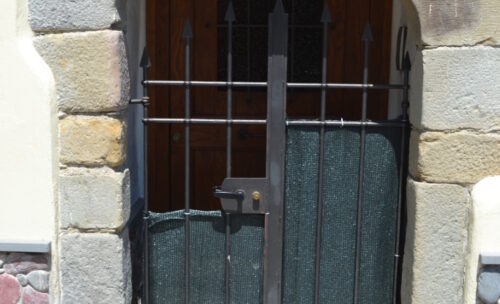In medieval times Via dei Monti is to be counted amongst the pathways that, unlike most other Roman roads, was still used and was preserved due to its importance to pilgrims, merchants and wanderers. Today, near Borghetto di Vara, its track is shared with Via Aurelia but is later lost in the valley between rivers Vara and Pogliaschina, erased by urbanisation.
These ancient pathways were dotted with crossing points that offered an easier passage, linking their history to the one of travelling itself. Borghetto di Vara is born in the 13th century by settlers from the near village of Brugnato, attracted by the strategic potential of the area. This identity will be decisive for making it a place of crossing, rest and hospitality. In time it would equip itself with a hospital dedicated to Saint Mary Magdalene, depending from the parish of Zignago, and from the first post office one would find when coming from La Spezia in direction of Genoa.
Many famous travellers walked these roads: Mazzini, Wagner and Vittorio Emanuele II di Savoia are amongst them. On 11 July 1809 Pope Pius VII, prisoner of the French and headed beyond the Alps, rests in the village, in the house of the Di Chero family. On 25 September 1912 around midday, Guglielmo Marconi is victim of a serious car crash near the town and suffers a serious wound to his right eye.













